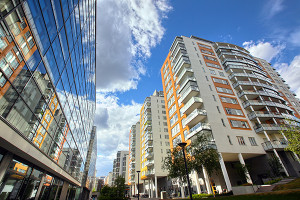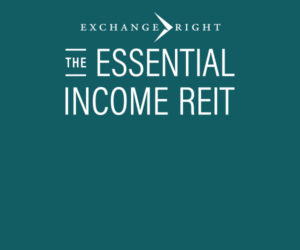A Tight Labor Market, the Cornerstone of Elevated Household Creation, Portends a Steady Outlook for the Apartment Sector

August 12, 2019 | John Chang | National Real Estate Investor
Steady economic growth and favorable demographic trends continue to keep the national apartment market on solid footing. Demand remains driven by the healthy labor market, boasting an unemployment rate under 4 percent. While large primary metros have experienced steady job creation for the majority of the current business cycle, more economic growth is percolating inland from these areas to secondary and tertiary markets. Many smaller markets are witnessing increased employment growth as businesses establish new operations in these areas and shift their recruiting methods to attracting local talent rather than trying to relocate talent to existing facilities.
Workforce housing is benefiting from tight labor conditions as people who have traditionally had difficulty finding work are able to secure jobs and have the opportunity to live on their own, boosting household formation in the process. The unemployment rate for those with a high school education or lower has fallen significantly over the past several years, applying added pressure to housing demand for inexpensive units. Availability of class-C apartments has trended downward faster than other asset classes, moving vacancy to the low-4 percent range at the end of the first quarter. These more affordable units will continue to face strong demand as the labor market remains robust, with job openings outnumbering job seekers by roughly 30 percent.
Healthy demographic trends are providing an additional boost to apartment markets nationwide, with lifestyle changes and evolving housing preferences guiding demand. As many millennials delay starting families relative to previous generations, the need for rentals will remain elevated, particularly in urban areas where young professionals are attracted by the popularized live-work-play dynamic. With millennials being the nation’s largest generation, they will be crucial to apartment demand moving forward. Baby boomers will also play a key role for the sector as empty nesters downsize and transition to urban lifestyle apartments. These factors will put further pressure on apartment vacancy rates as new supply struggles to meet demand.











